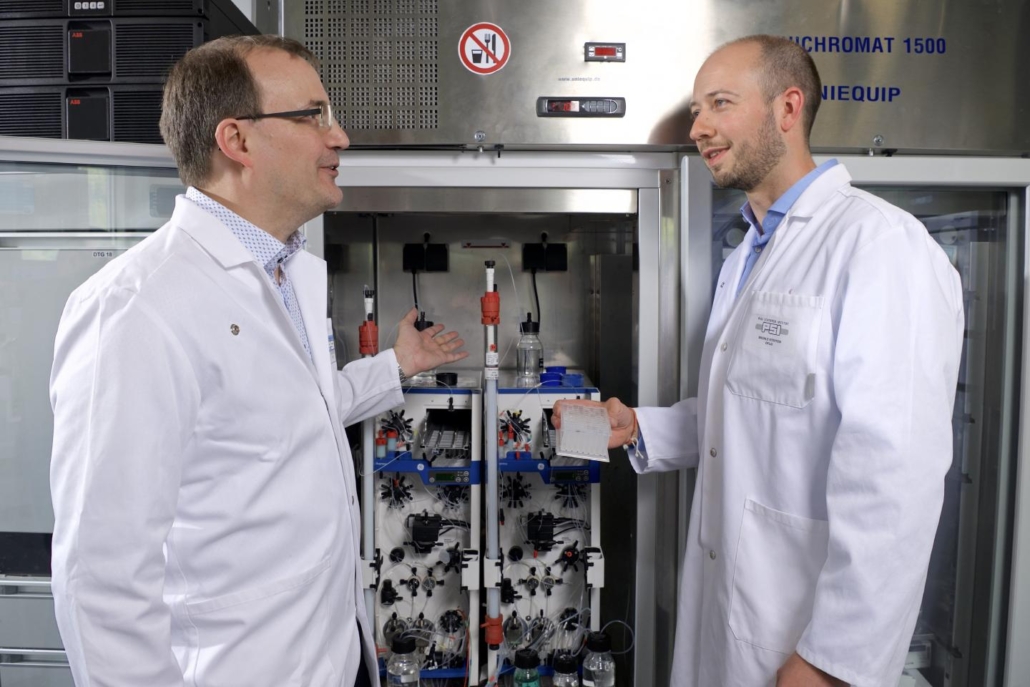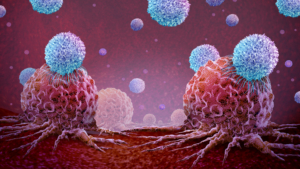
Swiss researchers report on metastasis switch
Researchers from Paul Scherrer Institute in Villingen, Switzerland, and Hoffmann La-Roche AG report in Cell they have solved the structure of a target relevant in metastasis.
The research team headed by Jörg Standfuss deciphered the structure of the CCR7 receptor that plays a crucial role in the migration of cancer cells. Docking studies using the structure with a resolution of 2.1Å opened up the avenue to the identification of allosteric inhibitors that might prevent the spread of certain cancer cells via the body’s lymphatic system.
Metastases are responsible for around 90 percent of deaths in cancer patients. An important pathway for cancer cell spread is through the lymphatic system, which connects lymph nodes to each other. In the migration of white blood cells through this system, the chemokine receptor 7 (CCR7) plays an important role: the receptor 7 balances immunity and tolerance by homeostatic trafficking of immune cells.
In a joint project with F. Hoffmann-La Roche AG (Roche), Sandfuss’ team at the PSI have for the first time been able to decipher the structure of CCR7, suggesting the receptor is a promising therapeutic target and lay the foundation for the development of a drug that might prevent metastasis in certain prevalent cancer types, such as colorectal cancer.
CCR7 is one of the receptors that control the movement of cells within the body. As soon as its ligand binds to it, a chain reaction in the cell causes the cell to move in the direction of the highest concentration of the signaling protein. The cell follows the track of the chemokine like a hound following a scent. For example, a constant flow of white blood cells, important cells of the body’s immune system, is directed to the lymph nodes, causing lymph node metastasis in cancer.
Cancer cells can misuse the cell receptor for their own purposes, binding with a ligand allosterically to CCR7. The signaling protein guides them out of the tumour and into the lymphatic system. Furthermore, they spread in the body and eventually form metastases in other tissues. These daughter tumours drastically increase the mortality risk for those affected.
To increase the survival rate of cancer patients, researchers used X-ray crystallography at the Swiss Light Source (SLS) at PSI to decipher the structure of the CCR7 receptor first and then identified a CCR7 inhibitor. "Our experiments show that the artificial molecule, inside the cell, binds to the receptor," say Steffen Brünle, first author of the paper. "This keeps the chain reaction that leads to cell migration from getting started", he added.
One of five compounds identified to bind to the receptor is already being clinically tested in Phase II trials by Ligand Pharmaceuticals/Merck & Co as a montherapy and in combination with Merck’s checkpoint blocker pembrolizumab.


 adobe.stock.com - Cathy
adobe.stock.com - Cathy freshidea / Adobe Stock
freshidea / Adobe Stock